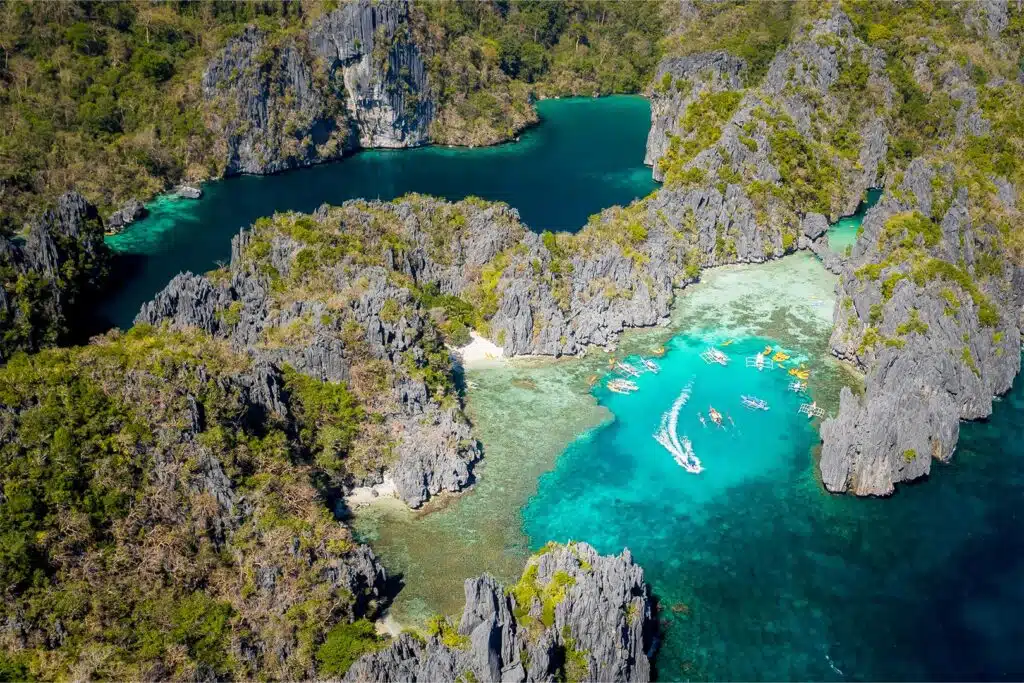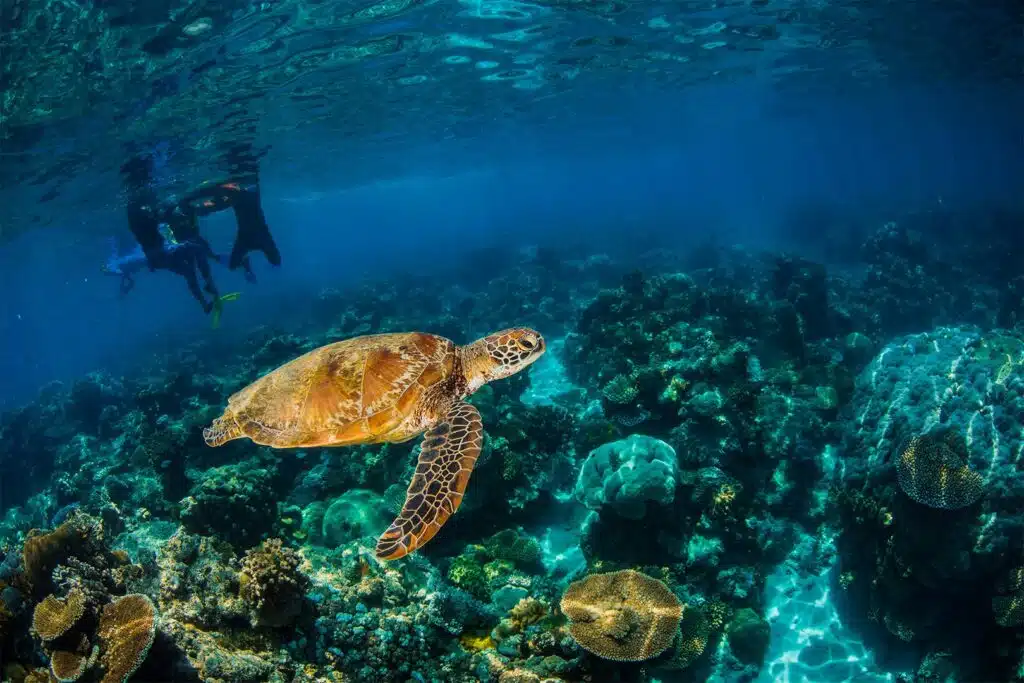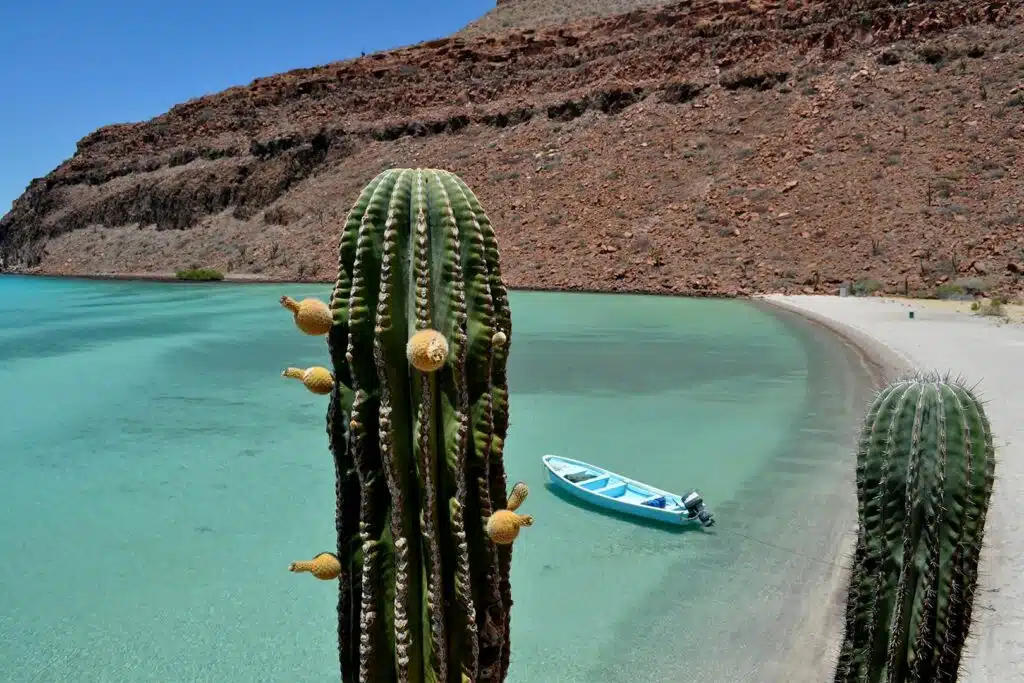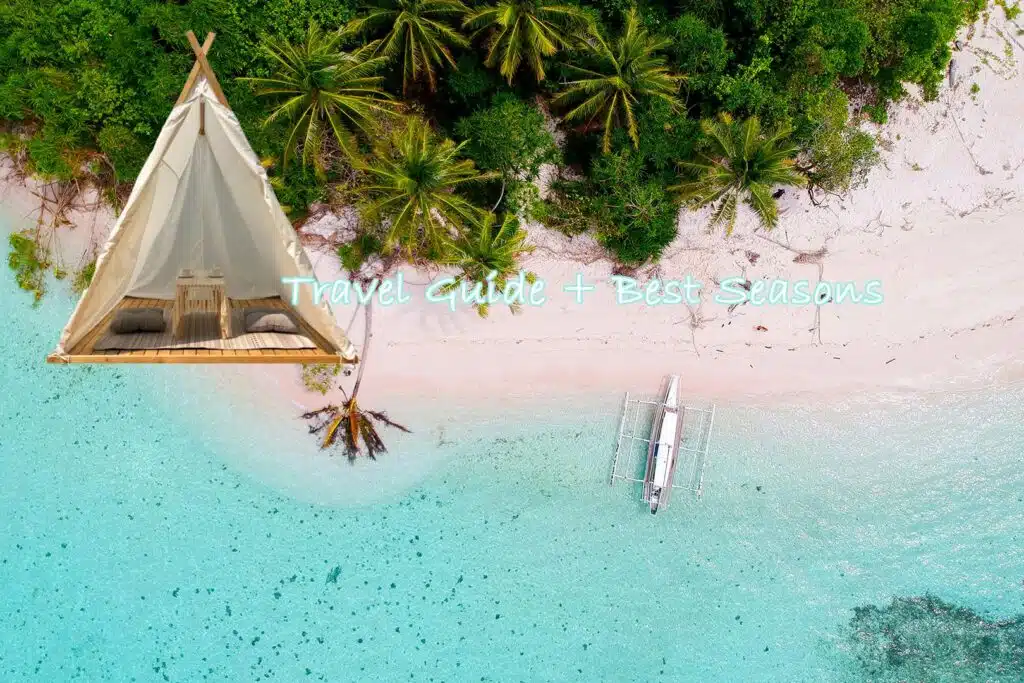Blog
Top 10 Diving and Camping Destinations Around the World (Travel Guide + Best Seasons)
Where the ocean meets the wild — experience the best of both worlds.
Why Diving and Camping Are the Perfect Match
Scuba diving takes you deep into a world of mystery and marine beauty, while camping lets you reconnect with nature above the surface.
When you combine the two, you get an adventure that satisfies both exploration and serenity — a journey that’s immersive, refreshing, and unforgettable.
Diving and camping trips are growing in popularity among eco-travelers and adventure lovers because they blend freedom, simplicity, and discovery into one seamless experience.
How to Combine Diving and Camping
The key to combining diving and camping lies in finding destinations that offer both — where you can explore beneath the waves by day and rest under the stars by night.
Popular Dive + Camp Styles
- Road Trip Diving: Drive to lakes or coastal areas, dive during the day, and camp along the shore.
- Boat & Island Camping: Some dive centers offer liveaboard + island camp packages — perfect for exploring remote reefs and sleeping on uninhabited beaches.
- Freediving + Minimalist Camping: Carry only lightweight snorkel gear and compact camping essentials for a pure, back-to-nature experience.
The Dual Experience
- Daytime: Dive through coral gardens, wrecks, and marine sanctuaries.
- Nighttime: Enjoy campfires, barbecues, and stargazing in the wild.
- Bonus: Camping also provides the perfect surface-interval time between dives (18–24 hours before deep diving or flying).
Gear Efficiency
Dry bags, waterproof boxes, and portable storage can be used for both diving and camping — simplifying your packing list.
Top 10 Diving + Camping Destinations Worldwide
1. Maldives – Coral Kingdom and Island Camping
- Dive Highlights: Banana Reef, Fish Head
- Camping Options: Beach camps, uninhabited islands
- Best Season: November – April
- Tip: Combine eco-friendly diving with minimalist beach camping.
2. Red Sea (Egypt/Sudan) – Colorful Reefs and Desert Nights
- Dive Highlights: Wreck diving, shark encounters
- Camping Options: Bedouin desert camps
- Best Season: October – May
- Vibe: Crystal-clear waters by day, desert stars by night.
3. Palawan, Philippines – WWII Wrecks and Jungle Camping
- Dive Highlights: Coron wrecks, lagoons, and coral reefs
- Camping Options: Beach and tropical forest camps
- Best Season: November – May
- Why Go: A budget-friendly paradise with rich underwater history.

4. Raja Ampat, Indonesia – Biodiversity and Eco Camps
- Dive Highlights: World’s highest marine species diversity
- Camping Options: Remote island eco-camps
- Best Season: October – April
- Adventure Level: Intermediate to advanced divers.
5. Baja California, Mexico – Whale Sharks and Beach Camping
- Dive Highlights: Whale shark encounters, sea lion colonies
- Camping Options: Coastal National Parks
- Best Season: June – November
- Extra: Ideal for travelers who love both marine life and off-road exploration.
6. Great Barrier Reef, Australia – Coral Wonder and Coastal Camps
- Dive Highlights: Outer Reef, UNESCO heritage zones
- Camping Options: Island and beach campsites
- Best Season: June – October
- Perfect For: Families or eco-travelers seeking an iconic ocean adventure.
7. Big Island, Hawaii – Lava Diving and Volcano Camping
- Dive Highlights: Manta ray night dives, lava formations
- Camping Options: Volcanoes National Park
- Best Season: All year (whale watching in winter)
- Unique Feature: Dive near lava flows, then sleep under the shadow of a volcano.

8. Aegean Sea, Greece – Cave Diving and Coastal Camping
- Dive Highlights: Sea caves, ancient wrecks
- Camping Options: Beachfront campsites
- Best Season: May – October
- Vibe: Mediterranean charm with underwater archaeology.
9. Seychelles – Private Dive Sites and Luxury Glamping
- Dive Highlights: Coral gardens, tropical fish schools
- Camping Options: Eco-lodges, luxury tents
- Best Season: April – October
- Perfect For: Couples seeking romantic dive-and-stay escapes.
10. Koh Tao, Thailand – Affordable Diving and Island Camping
- Dive Highlights: Beginner-friendly reefs and dive schools
- Camping Options: Beach campsites and local resorts
- Best Season: March – September
- Why It’s Great: Budget travelers’ favorite — ideal for learning and relaxing.
Travel Tips: How to Plan a Dive + Camp Trip
Choosing Your Destination
- Budget: Maldives and Seychelles suit luxury travelers; Thailand and the Philippines offer excellent value.
- Visa: Check entry requirements; many countries offer visa-free stays for short trips.
- Skill Level: Beginners should start in Koh Tao or Palawan; advanced divers can explore Raja Ampat or the Red Sea.

Essential Gear Checklist (Lightweight Setup)
Diving Gear
- Mini scuba tank (e.g., SMACO Mini Scuba Tank)
- Dive mask, snorkel, fins
Camping Gear
- Tent, sleeping bag, inflatable pad, portable stove
Shared Essentials
- Dry bags, waterproof containers, headlamp, power bank
Pro Tip: A compact diving tank like the SMACO mini scuba tank makes dive camping easier, lighter, and more affordable — perfect for spontaneous underwater adventures.
Safety Tips
- Dive Smart: Respect no-fly and surface interval times (18–24 hrs).
- Camp Safe: Stay hydrated, prevent fires, and protect against insects.
- Eco Ethics: Follow Leave No Trace principles — don’t touch corals or leave waste behind.
Dive + Camping FAQs
Q1: Which destination is best for beginners?
Koh Tao (Thailand) and Palawan (Philippines) offer calm waters, affordable training, and beginner-friendly dive sites.
Q2: Is it safe to combine diving and camping?
Yes, with proper planning. Choose campsites close to dive spots, rest between dives, and maintain hydration and nutrition.
Q3: Which places are best for couples or families?
Seychelles and the Maldives are ideal for couples, while the Great Barrier Reef and Hawaii suit families.
Q4: How can I save money on a dive camping trip?
Choose budget destinations like Thailand, Mexico, or the Philippines, and use mini scuba tanks and compact camping gear to reduce costs.
Final Thoughts
Diving and camping together offer the ultimate balance between thrill and tranquility.
You’ll dive into the deep blue by day and fall asleep to the sound of waves by night — reconnecting with the planet in its purest form.
Whether you’re exploring coral reefs in the Maldives or sleeping beneath Hawaiian volcanoes, this dive camping guide proves that the ocean and wilderness truly belong together.

